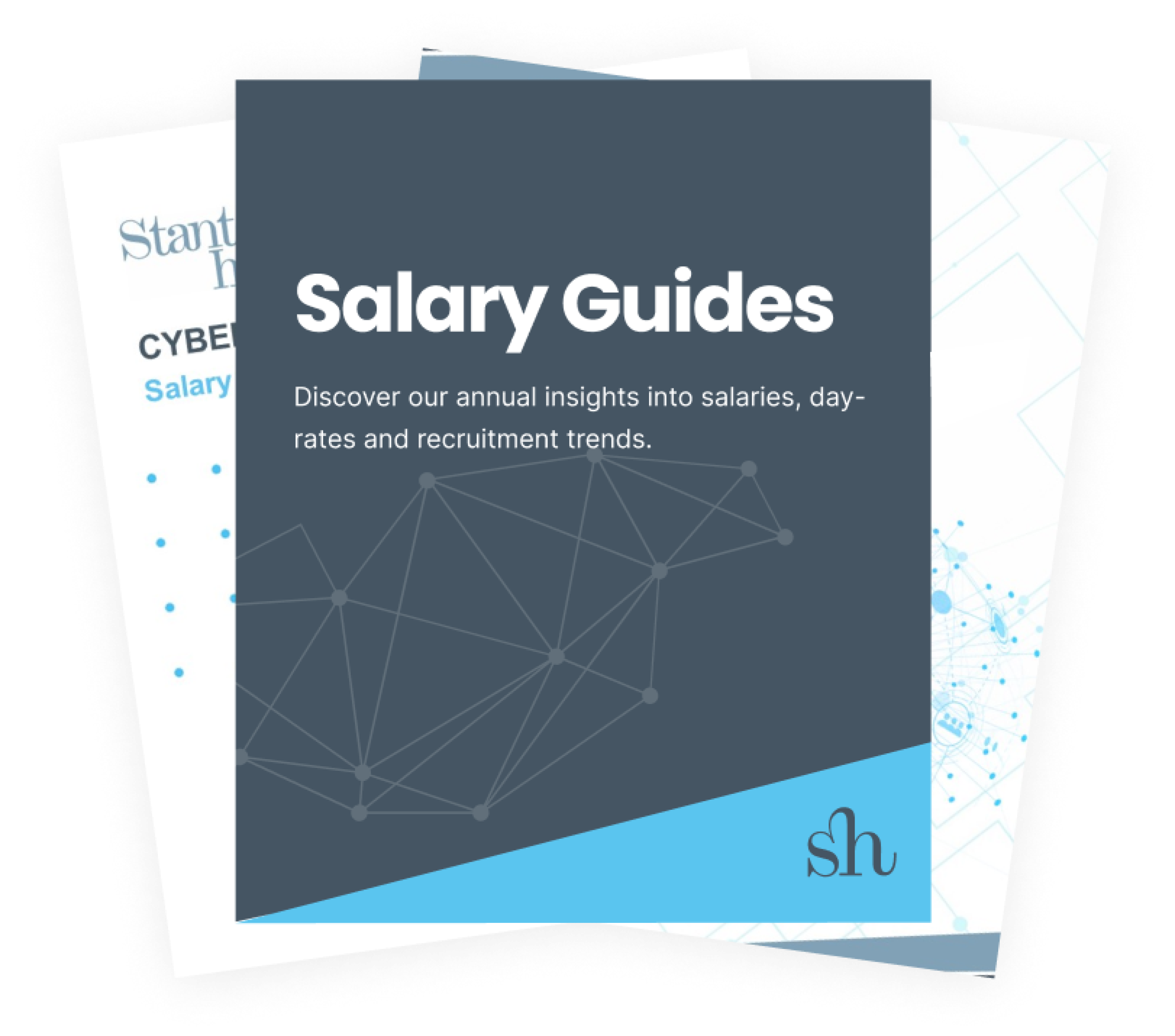

The Cost of Being Your Authentic Self at Work
Creating a culture of authenticity: the reality for LGBTQIA+ employees
One of the fundamental pillars of workplace inclusion is fostering an environment where individuals can bring their ‘authentic selves’ to work. This means creating a culture where people are free to express their true values and personalities without fear of judgment or repercussion. Ideally, no one should feel the need to ‘mask’ their true selves.
However, the unfortunate reality is that being authentically yourself at work can sometimes lead to negative consequences, especially for members of the LGBTQIA+ community. The risk of discrimination, bias, and even career setbacks remain a significant concern.
As we reflect on Pride Month, it is encouraging to observe that an increasing number of companies are addressing the deeper issues of LGBTQIA+ inclusion. Beyond the symbolic gestures of support, such as changing logos to rainbow colours, there is a growing recognition that meaningful action is required. This includes implementing comprehensive anti-discrimination policies, fostering a culture of allyship, and providing ongoing education and support for all employees. Such efforts are crucial to creating truly inclusive workplaces where everyone feels safe and valued.
While this progress is promising, we must not underestimate the harm that can occur if companies ignore the deep-rooted biases still present in modern workplaces. The LGBTQIA+ community continues to face significant challenges, and overlooking these issues can perpetuate discrimination and hinder genuine inclusivity.
The impact of bias: sobering statistics
Here at Stanton House, we believe in ‘action behind the rainbow’ and we’ve used June to share sobering facts about the inclusion of LGBTQIA+ folk in the workplace. Let’s revisit the statistics we shared from research conducted in the UK and the US, to understand the real impact and importance of sustained, deliberate action:
- 40% of LGBTQIA+ workers experience harassment at work
- Only half of LGBTQIA+ workers are comfortable being ‘out’ at work
- 15% of lesbian, gay, and bi employees do not feel comfortable reporting bullying to their employer, while 20% of trans people wouldn’t report bullying in the workplace
- 94% of LGBTQIA+ workers have said treatment in the workplace worsened this year
- Over 40% of LGBTQIA+ workers experienced a conflict at work over 12 months (compared to 29% of heterosexual workers)
- 14% of LGBTQIA+ professionals feel their chances of promotion within their organisation would be hindered if they were to be open about their sexuality at work
Reading these statistics, it isn’t surprising that many feel safer not to disclose their sexual orientation at work. As well as bullying and harassment many LGBTQIA+ employees worry that being open about their identities could negatively impact their opportunities for advancement. Bias and misconceptions about their abilities or commitment to their work contribute to this anxiety.
Companies must recognise these issues and take proactive steps to ensure that all employees have equal opportunities to succeed and thrive, regardless of their sexual orientation or gender identity. I believe addressing these concerns is not only a matter of fairness but essential for building a truly inclusive and high-performing workplace.
The importance of intersectionality
Moreover, it is essential to consider the role of intersectionality in workplace inclusion. Research by the US-based human transformation platform BetterUp highlights that LGBTQIA+ employees of colour find it even more challenging to bring their authentic selves to work compared to their white counterparts. This intersectional lens reveals multiple layers of discrimination and bias that are often left unexplored.
To foster a truly inclusive environment, companies must recognise and address these overlapping identities and the unique challenges they present. By doing so, organisations can better support all employees in bringing their whole selves to work, thereby enriching the workplace with diverse perspectives and experiences.
Policy & procedure matters
All this research shows the need for authentic change, which means going beyond raising awareness. Implementing and updating policies and practices is crucial for genuine progress. While raising awareness is important - through creating subgroups, celebrating events, and highlighting LGBTQIA+ role models - lasting change requires policy reform.
At Stanton House, we are actively reviewing our own policies to ensure they create the most inclusive and supportive workplace for LGBTQIA+ employees and beyond. I would love to connect with other HR professionals who have done the same!
Tips & considerations for inclusive policies
- Establish a confidential reporting mechanism for discrimination, harassment, and bullying. Designate a point of contact who employees can approach with concerns confidentially and without fear of retaliation.
- Ensure complaints are taken seriously and investigated promptly. Make sure your company has a transparent process and appropriate training is provided.
- Ensure you have a clear and comprehensive non-discrimination policy that is clearly communicated. Make sure that it explicitly includes sexual orientation, gender identity, and gender expression.
- Use inclusive language throughout any written policy/communication of a policy. This includes gender-neutral terms and respecting employees’ chosen names and pronouns.
- Make sure all forms, documents, and systems are inclusive of all gender identities. Review all internal and external resources to ensure inclusive consistency as a business e.g. company calls, newsletters, training resources, etc.
- Create a ‘transitioning at work’ policy, including guidance for employees who are transitioning, and for Managers and HR to support transitioning employees.
- Create and deliver mandatory D&I training for all staff.
- Invite LGBTQIA+ external coaches or speakers to share success stories and spotlight LGBTQIA+ leaders as role models within the organisation. They exemplify how individuals can thrive professionally while remaining true to their authentic selves.
Sources
Deloitte: Only half of LGBTQ workers feel comfortable about being out at work



















